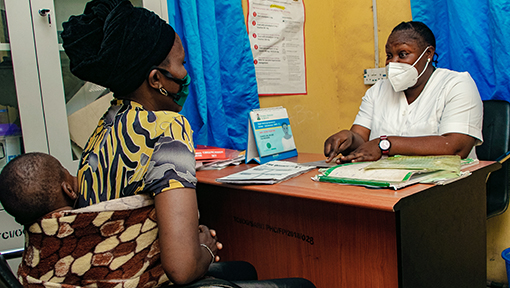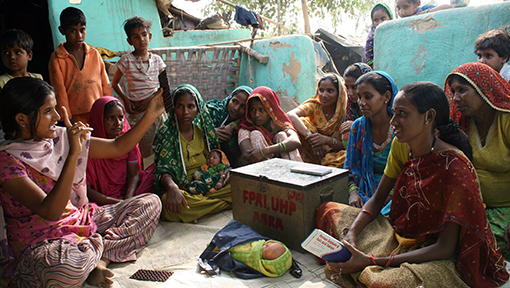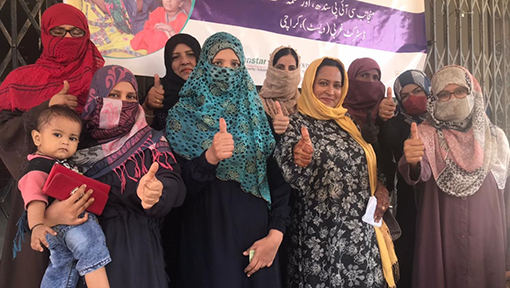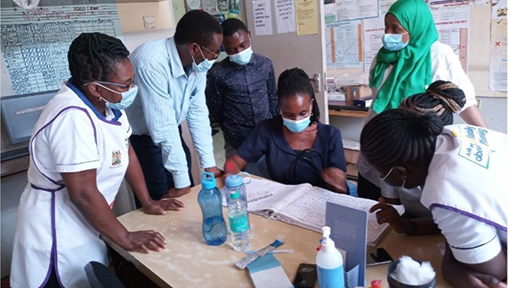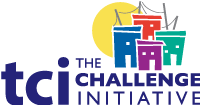Gender Essentials
Additional Tools and Resources- Home
- Help and Support
- Close
- Toolkits
- Global Toolkit
- AYSRH Toolkit
- Hub Toolkits
- Core High-Impact Practices
- Gender Essentials Mini Course
- Close
- Resource Collection
- Community of Practice
- Coaching
- Log In/Register
- My Profile
- English
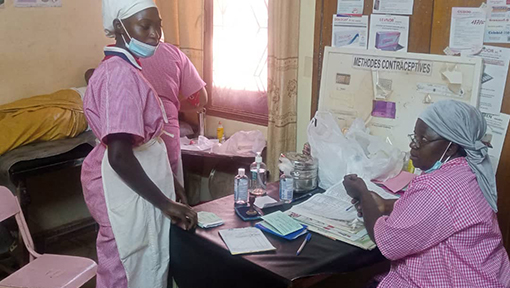 Here you will learn about three tools and resources for gender intentional programming and offer some general resources for program planning.
Here you will learn about three tools and resources for gender intentional programming and offer some general resources for program planning.
Tools
- Gender analysis matrix
- RAISE assessment tool
- Community of Practice
Gender analysis matrix
One of the first steps in program design is often a gender situation analysis or landscaping. The Gender Analysis Matrix is a straightforward table with a high-level objective: to explore how gender power relations can create inequities between and among different gender groups.
The matrix is a collaborative, adaptable tool to assist in the systematic application of applying a gender lens. It allows for the identification of barriers or issues that can negatively (or positively) affect program implementation and outcomes, and how these will be addressed. See this example of a completed gender analysis matrix.
RAISE: Applying a gender lens to an assessment tool
The Reflection and Action to Improve Self-reliance and Effectiveness (RAISE) tool is designed to assess the quality and sustainability of TCI’s high-impact family planning interventions. The RAISE tool is used between the “implementation” and “graduation” stages.
The RAISE tool can guide implementers at the local level to:
- Measure the intensity of gender-intentional program implementation
- Identify corrective actions to take and maintain quality during rapid scale-up
- Encourage local ownership that leads to sustainability
- Encourage a holistic approach to data for decision-making
- Integrate gender into the RAISE tool and processes
Tips for a gender intentional workshop:
The RAISE assessment takes place during an eight-hour workshop.
- Ensure gender equitable representation among government stakeholders.
- Generate rules of engagement at the start of the workshop that recognize the roles of power and privilege in key steps (small-group discussion and completing the form as a group) and that promote a safe and open environment.
- Ensure TCI staff are trained in facilitation and consensus building that recognizes power and privilege and provides equal opportunity for everyone to share their experiences and thoughts.
- Ensure gender-intentional activities are integrated into the local government action plan developed during the workshop.
- After workshops, leverage the experience of a gender champion to collaborate with local government and support implementation.
Tips for gender intentional outcomes
The RAISE process works towards a number of intended outcomes on data, coaching, implementation gaps and organizational learning.
Community of Practice
What does an inclusive and gender intentional community of practice (CoP) look like?
It promotes learning and professional development. Above all, it offers non-judgmental sharing of challenges, failures and successes, a CoP allows members to ask challenging questions and deal with disagreement.
The community of practice is a space open for all TCI stakeholders to connect and share knowledge related to scaling, impact and sustainability of evidence-based gender intentional interventions.
Topics for possible discussion and knowledge exchange include:
TCI APP USERS PLEASE NOTE
You will only receive CERTIFICATES by email – when earning a score above 80% – and will not be able to view or print a certificate PDF from the TCI app.
Test Your Knowledge
Earn a Certificate
Quiz Summary
0 of 3 Questions completed
Questions:
Information
You have already completed the quiz before. Hence you can not start it again.
Quiz is loading…
You must sign in or sign up to start the quiz.
You must first complete the following:
Results
Results
0 of 3 Questions answered correctly
Your time:
Time has elapsed
You have reached 0 of 0 point(s), (0)
Earned Point(s): 0 of 0, (0)
0 Essay(s) Pending (Possible Point(s): 0)
Categories
- Not categorized 0%
- 1
- 2
- 3
- Current
- Review
- Answered
- Correct
- Incorrect
-
Question 1 of 3
1. Question
Which question does NOT belong in a Community of Practice dialogue?
CorrectIncorrect -
Question 2 of 3
2. Question
The Gender Analysis Matrix tool:
CorrectIncorrect -
Question 3 of 3
3. Question
Which one is NOT a dimension of the RAISE tool?
CorrectIncorrect
Learn More about TCI’s Approach to Gender
Resources for conducting a gender situational analysis
- Jhpiego’s Gender Analysis Toolkit for Health Systems
- RADAR Gender Analysis Matrix Template and example of completed matrix
- Breakthrough ACTION’s Gender Equality Check-in Tool (English | French)
- UNICEF’s Gender Toolkit: Integrating Gender in Programming for Every Child in South Asia
- Gender Analysis Matrix

